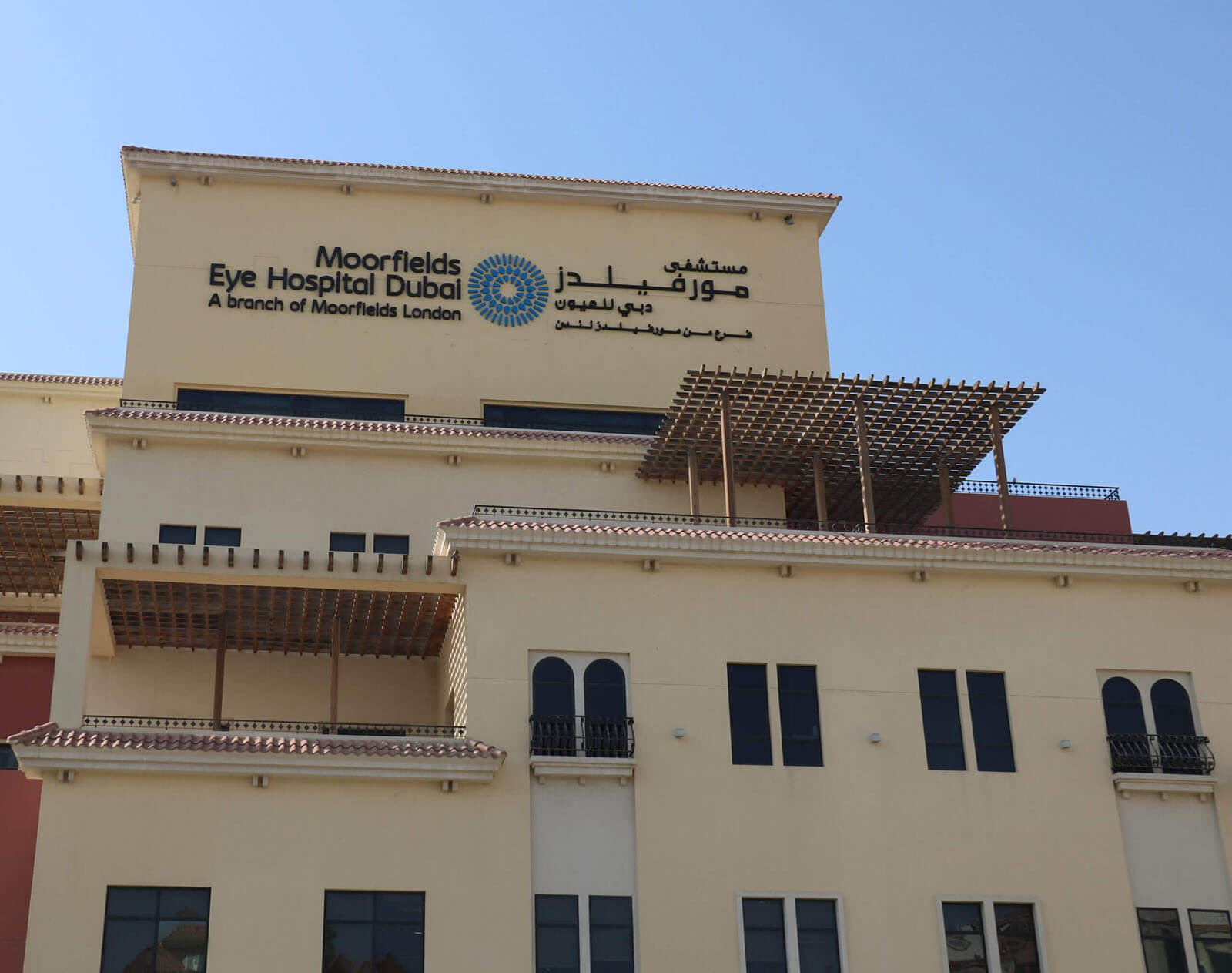
Redefining Best Practices in an Eye Care setting
Moorfields Eye Hospital Dubai shares applied measures for long term patient benefit and sustainability
While best practices were once considered as generally accepted and set based on experience and outcomes, in today’s environment, what may have been considered best practices in a healthcare environment or setting as recently as a few months ago, may need to be reassessed and adapted to the current and the future healthcare landscape.
Over the past several months, we have periodically changed the way we practice eye care, as part of both the short and long term strategy to help our patients and in order to help sustain our organization as a whole.
Initiatives such as virtual consultations were introduced and rolled out in next to no time, as a short term measure to allow delivery of necessary eye care to patients without their physical attendance required. This initiative now helps us continue to provide an option to attend a consult with a visiting doctor for example that is otherwise still unable to travel to UAE, it also helps our overseas based patients consult with one of our permanent doctors.
Operationally, the challenges and regulatory changes have led us to assess our patient journey time (the time spent by a patient in the hospital), and improve on this without compromising the quality of care provided. The Paediatric Ophthalmology team for example reviewed the dilation protocol, and new criteria were set, lowering the age at which dilation is mandatory for certain conditions.
In parallel, more stringent infection control was a key priority for the hospital, with changes in policies and monitoring controls for hand washing and sterilizing, equipment cleaning, in addition to rearrangement of all seating areas for patients within the hospital to maintain safe distancing between all areas. Appointments have been spread out to avoid crowding, and while multiple family members were once welcomed to attend appointments, this has been reduced to only one accompanying escort to ensure safety of staff and other patients in the waiting areas, with masks to be worn as a mandatory measure by all. At check- in, pens are now single use only, until disinfection of each is completed, along with limited paper contact.
During a time when, globally, investing in what would be regarded as an ‘unnecessary expenditure’ has been reduced, Moorfields Eye Hospital Dubai carefully considered the long term benefit and our ongoing commitment to patient and staff safety. In order to further improve infection control, Moorfields Eye Hospital Dubai has invested in more permanent additional protective measures for patients and staff.
Thermal body temperature scanners have been installed at the main entrance of the hospital, and all patients and staff temperatures are monitored daily, in addition to the investment and installation of new protective screens at all main patient facing areas including registration, cashier, pharmacy and all doctors’ offices, to maintain safe distance between staff and patients. The hospital has also invested in the addition of cameras complimenting the conventional method of examining patient’s eyes, which allows a magnified view of the eye safely from a distance.
Moreover, weekly disinfection with an approved third party is a key investment to be considered. The entire hospital premise disinfection is now completed by a Dubai Municipality approved and accredited company from top to bottom, the entire disinfection process may take up to 2 hours at a time, scheduled weekly.
The new normal and best practice for most clinical staff at the hospital are now to wear scrubs. These are changed into on arrival to and out of prior to departure from the hospital and sent out daily for professional cleaning.
Patients that require general anaesthesia now complete a wellness test by an external hospital before any procedure is confirmed, and sedation is recommended in some cases as an alternative. Full Personal Protective Equipment (PPE) is worn by all staff in theatre during general anaesthesia procedures, and deep cleaning is completed in the theatre area after each and every case. Will open plan offices and impressive conference rooms become obsolete and a thing of the past? Or will they slowly be reintroduced and in the future used as frequently as they once were not long ago? These are the types of questions many industries are being forced to ask recently and unfortunately cannot answer yet. However, what we know in the healthcare industry is that we are proficient at learning, adapting, and re-examining our best practices and adapting them for the long run. Through this practice we can all help keep one another as safe as possible and continue to improve on our quest to provide the best possible care to our patients.